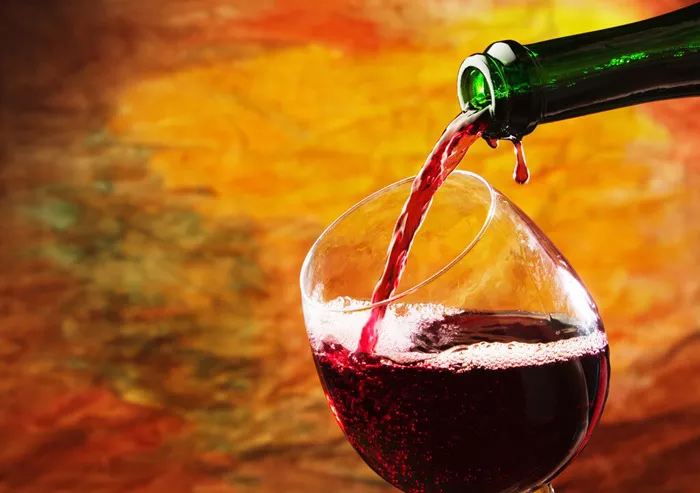In the highly competitive wine industry, for a good wine to stand out, relying solely on taste is far from enough. Data shows that over 70% of consumers will decide whether to learn more about a product within 7 seconds based on its packaging. Just as Rowena Curlewis, the co-founder of Denomination, the world’s top beverage design company, said: “Design is the silent salesman. It determines whether consumers stop to take a closer look or turn away.”
The three pillars of design: The underlying logic for building a brand’s core competitiveness
Appeal
As the “world’s most award-winning beverage design agency”, Denomination has put forward three major goals for excellent design: attractiveness, uniqueness and acceptability. Coru Lewis emphasized: “Attractiveness begins with the precise capture of values.” When consumers find that the brand concept is in line with their own beliefs, the product is elevated from a commodity on the shelf to a “status symbol”.
Case Report: Australian brand “Tread Softly” incorporates sustainability into the core of its design – the brand name is handwritten on minimalist labels, and the bottle seal is embossed with native wildflower relief, symbolizing the vitality of nature; It also links to the “Real-time Tree Planting Map” through a QR code, planting one native tree for every six bottles sold. This combination of “low-key design + high-profile commitment” has quickly won over the environmentally conscious millennial generation, with a repurchase rate as high as 38%, far exceeding the industry average.
Scientific basis: Neuromarketing research shows that the human brain processes visual information 60,000 times faster than text. The wildflower pattern of Tread Softly activates consumers’ pleasant memories of natural beauty, while the minimalist design reduces the burden of information processing. The combination of the two creates “cognitive fluency”, reducing decision-making time by 40%.
Uniqueness
The disruptive research by Professor Byron Sharp of the University of South Australia points out that consumers do not need to establish an emotional connection with brands. What they need are instantly recognizable visual symbols. Coru Lewis gave an example: “When your red wine label can be recognized within 0.3 seconds, that’s a moat.”
Penfolds (Penfolds), which has remained unchanged for 30 years, is a model of brand design – from labels and gift boxes to advertisements, all are in the exclusive red of the Pantone color card. This ultimate unification has even changed the industry ecosystem: Data from the Australian Wine Board shows that the purchase rate of red-packaged wine in supermarket channels is 22% higher than that of competing products. Paired with the patented wide-shoulder bottle design, its blind test brand recognition rate reaches 91%, comparable to the recognition of the bottle’s curves of Coca-Cola.
Quantitative criteria: The “Brand Uniqueness Index” developed by Denomination shows that for every 10% increase in this index, the average terminal sales volume grows by 8.3%. The assessment dimensions include shelf visibility (recognition time from 1.5 meters away) and memory retention rate (accuracy of recall after 24 hours).
Acceptability
Coru Lewis quotes the “MAYA Principle “(the most advanced but acceptable) of industrial design master Raymond Loewy: Design needs to find a balance between tradition and innovation – build trust with familiar elements and stimulate the desire to purchase with unexpected surprises.
Innovative Practice: The Uovo series of Cherubino Winery in Australia has transformed the concrete egg-shaped fermentation tank process into a design language: matte labels simulate the texture of eggshells, bottle curves echo the elliptical outline, and the six-bottle gift box is designed as a reusable “egg tray”. This “craft visualization” strategy enables the product to have a premium of 30% and attracts 28% of consumers to display it as an artwork at home.
Technology Extension: Leading wineries are breaking through visual limitations: The Ventisquero winery in Chile has added thermal ink to its labels, allowing the altitude of the vineyard to be displayed simply by touching it with a finger. The vintage labels of Chateau Mouton in France are embedded with NFT chips. By scanning the code, you can enjoy digital art collections, extending the wine-tasting experience from taste to an immersive interaction of touch and hearing.
Related Topics


